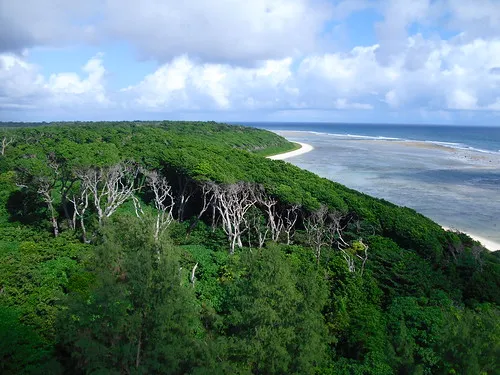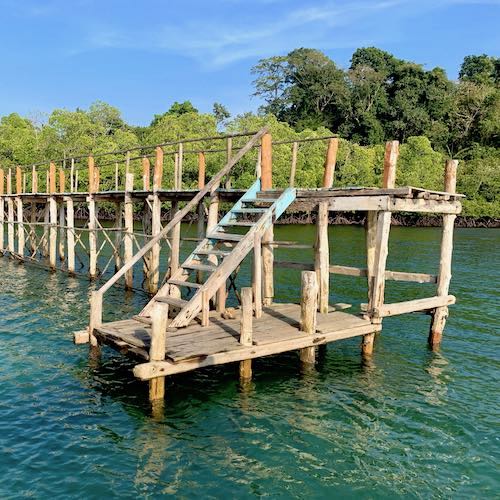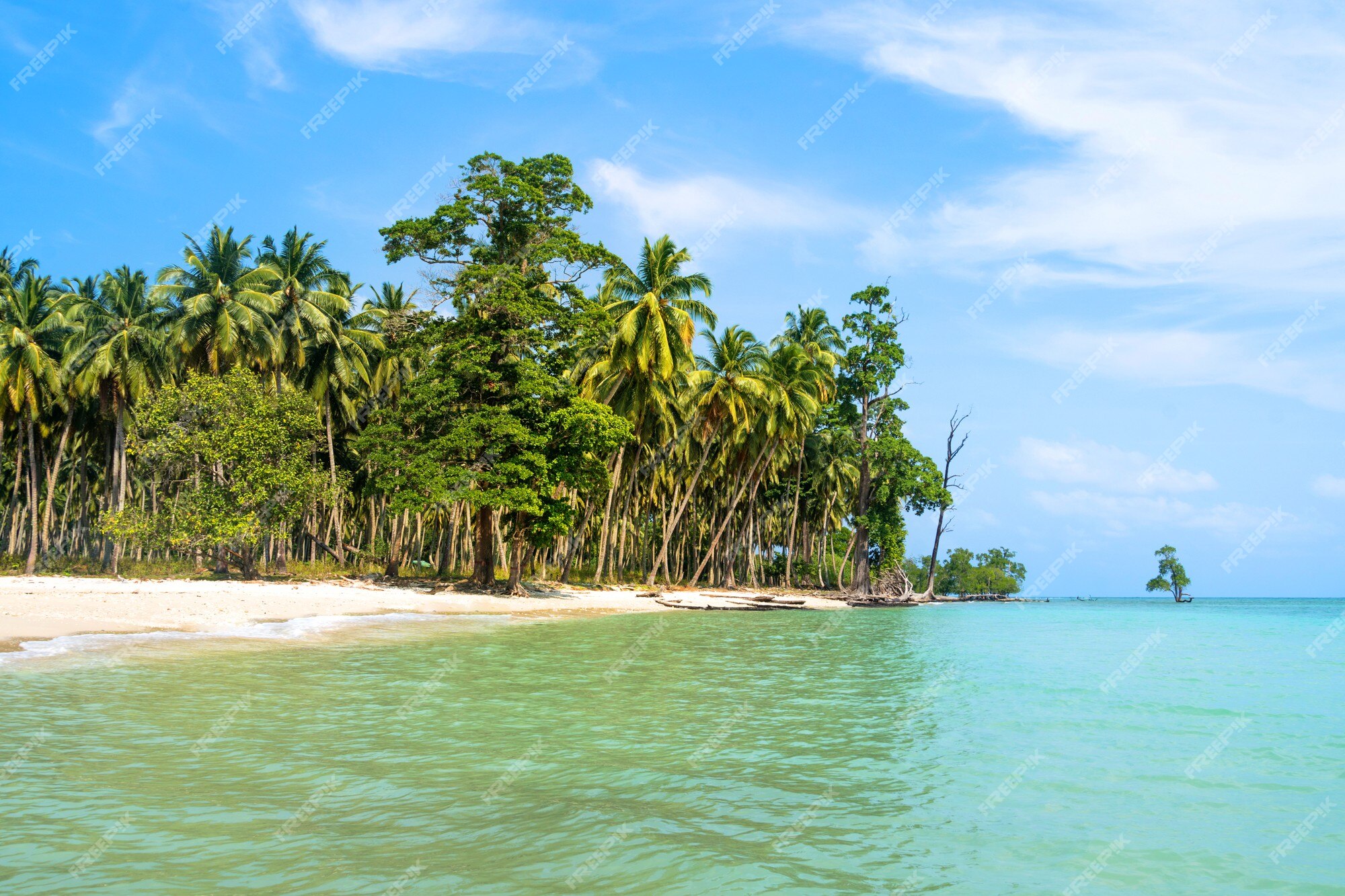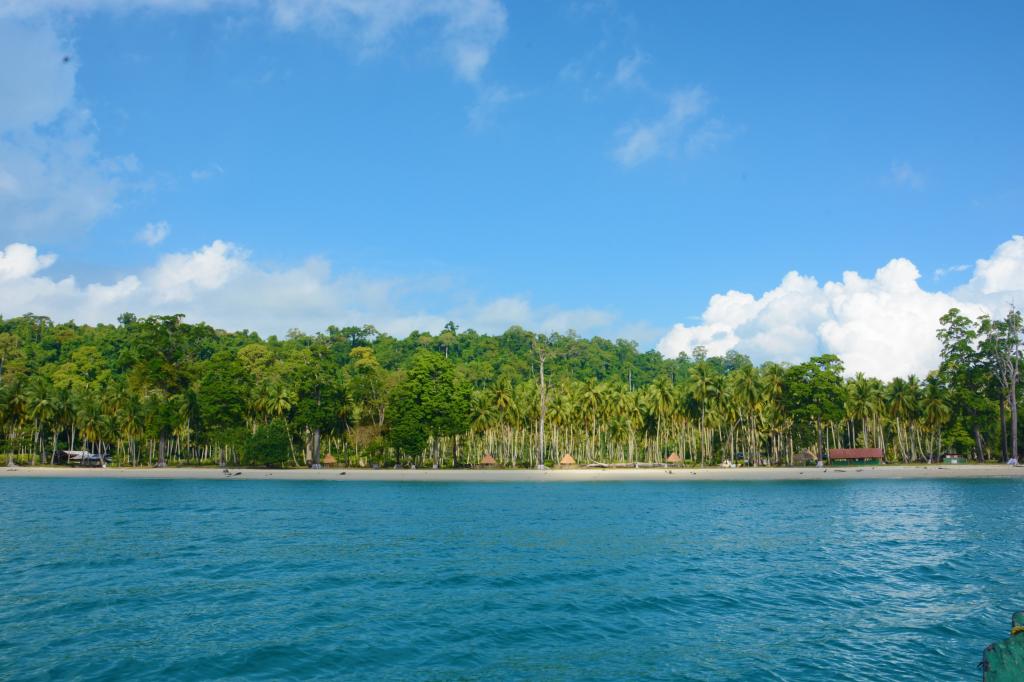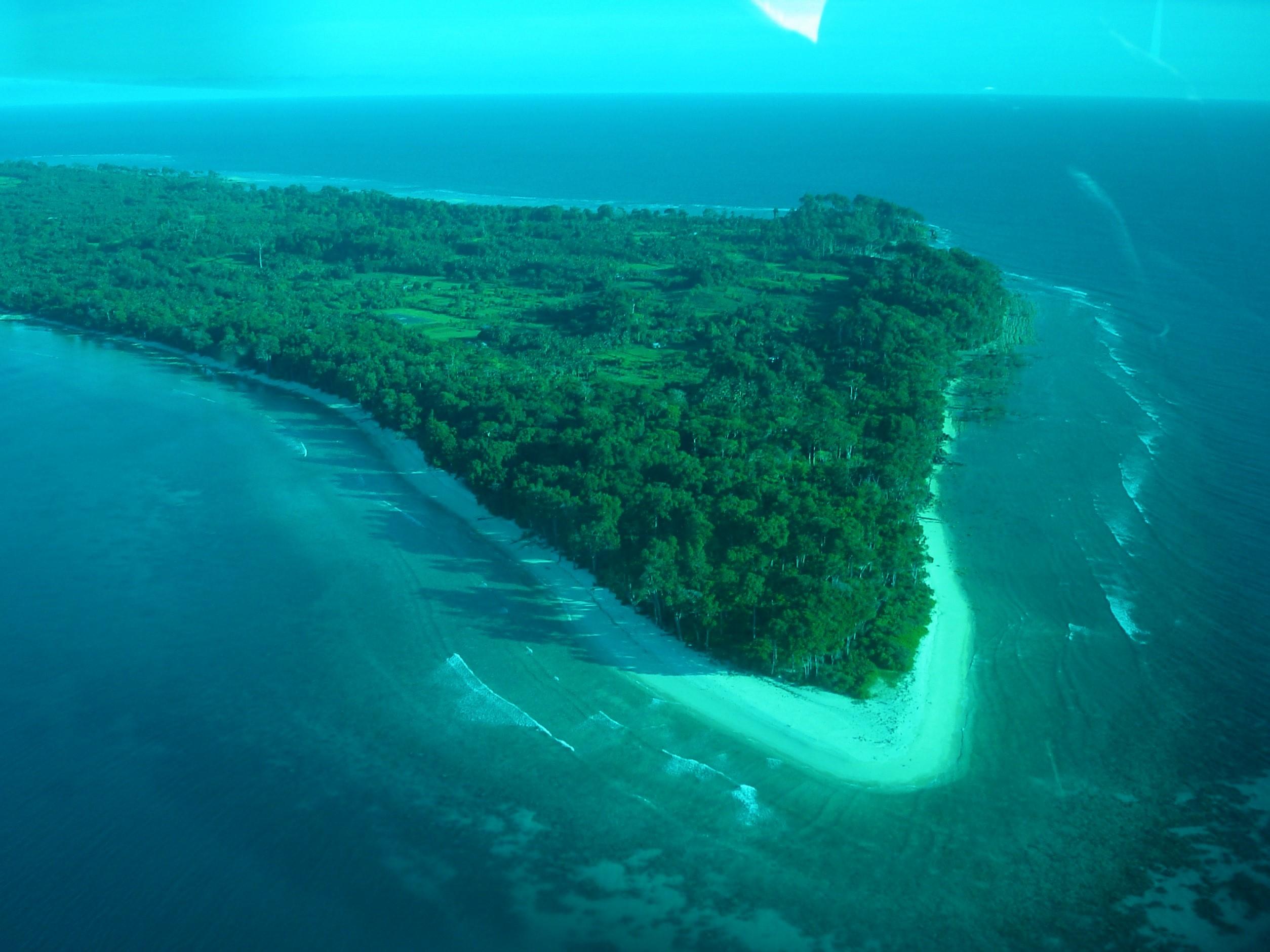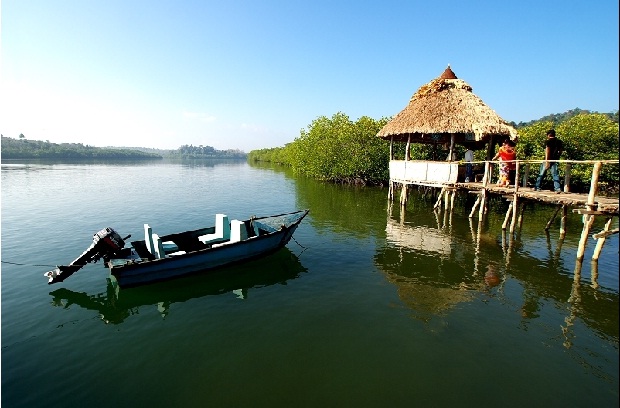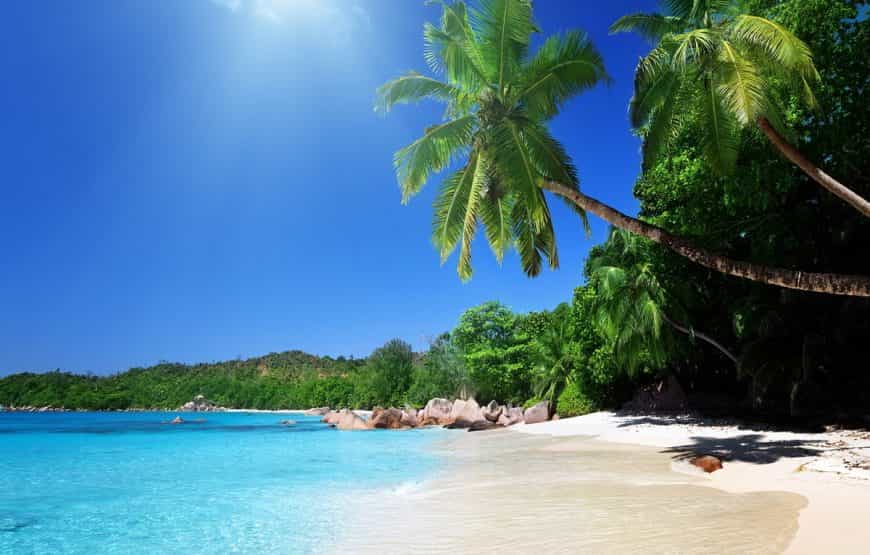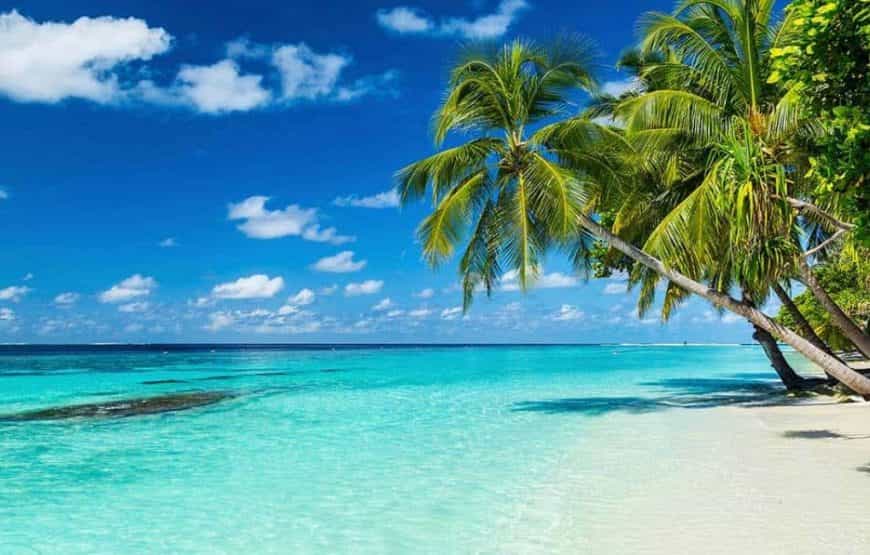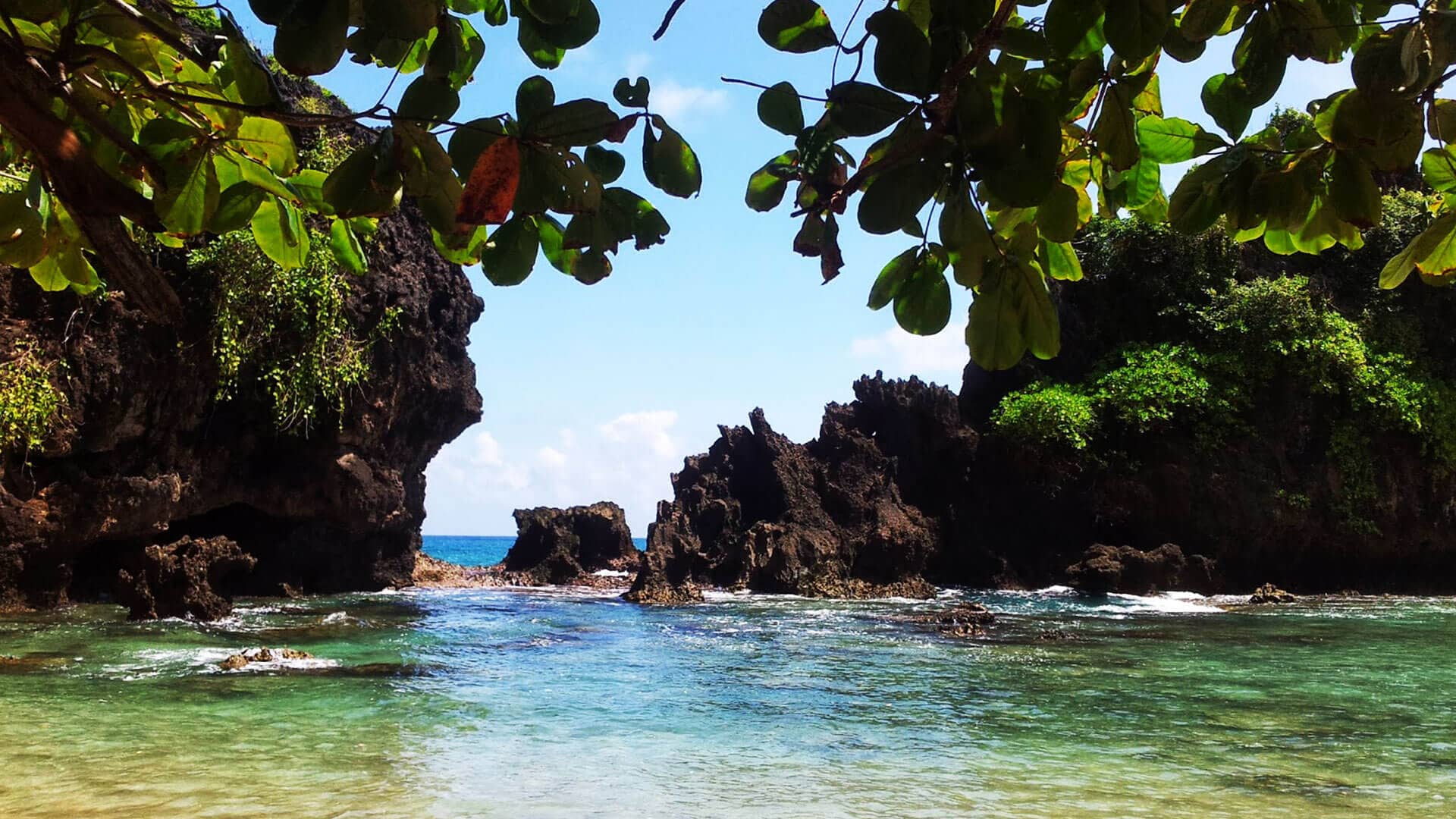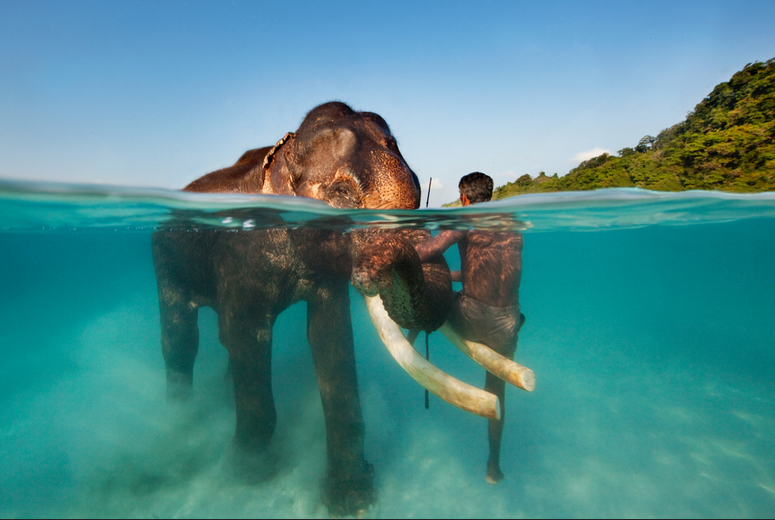Cellular Jail
The Cellular Jail does not need an introduction as it stays in all of our hearts as a national memorial. It remains as a silent witness of how the freedom fighters were imprisoned and tortured by the British. The Andaman Islands were used by the British to exile notorious criminals immediately after the First War of Independence.
Earlier known as ‘Kalapani’, the Cellular Jail is located in the capital city of Port Blair. The jail was called Kaala Paani because all around the jail was the sea and hence no prisoner could ever hope to escape.
The people in mainland India feared the Andaman Islands because once the people were shipped to the islands as prisoners they could never return to their homes, they were either killed or imprisoned for life. Hundreds of people were shipped to the island as prisoners and were tortured to death.
Cellular Jail Andaman Islands
The Cellular Jail beholds the pain and sacrifice of our freedom fighters. Post-independence, the jail succumbed to destruction and was damaged. It was later organized by the government and is now maintained and kept open for visiting. This jail is a pilgrimage for freedom lovers and patriots.
The followers of Veer Savarkarji have emotionally connected with the Cellular Jail and whenever they visit the Jail they pay homage at the Cell where Veer Savarkar was imprisoned. The Jail has great historical prominence as it holds the darkest chapters of the lives of the prisoners who fought for the freedom of the country. The Cellular Jail is located in Atlanta Point, Port Blair.
The airport is just 4 kilometers away from the jail and can be easily reached by hiring a taxi or a cab. It is closer to the Rajiv Gandhi Water Sports Complex and the Aberdeen Bazaar.
History of Cellular Jail
The Kalapani has a very despairing past. The British used the Andaman Islands for their settlement and mainly to exile the freedom activists. The prison was mainly constructed in the islands to separate the people from their families in the mainland and the chance of escaping from this prison was far from possible.
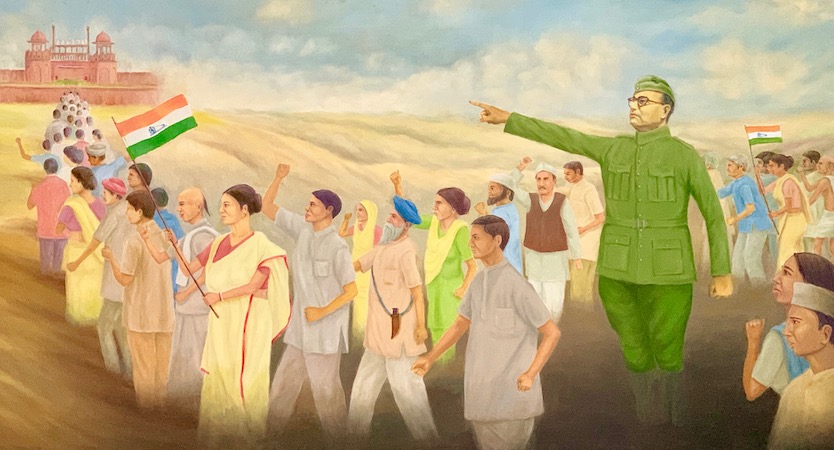
The British soldiers were brutal in punishing the prisoners; there were repeated executions and tough labor chores every day. The prisoners were tortured, beaten and kept away from communicating them from one another which led to them being mentally affected and even drove them to the extent of committing suicide.
As stated earlier the jail stands as a mute testimony today reminding us of the hardships our freedom fighters had to go through. The Cellular Jail holds great significance not only in Indian history but in world history as well.
Architecture Of Cellular Jail
The construction of cellular jail began in the year 1896 and was completed in the year 1906. The bricks to build the jail were transported from Burma now renamed as Myanmar. It took a decade to complete the construction of this jail. The jail is very huge and intricately built with numerous cells.
The prison initially had seven wings that spread out from the central watchtower, in seven different directions like that of a bicycle wheel. The watchtower housed the alarm bell and guardsmen kept a watch on the prisoners. After the many damages that occurred, there are just three wings that are intact at present.
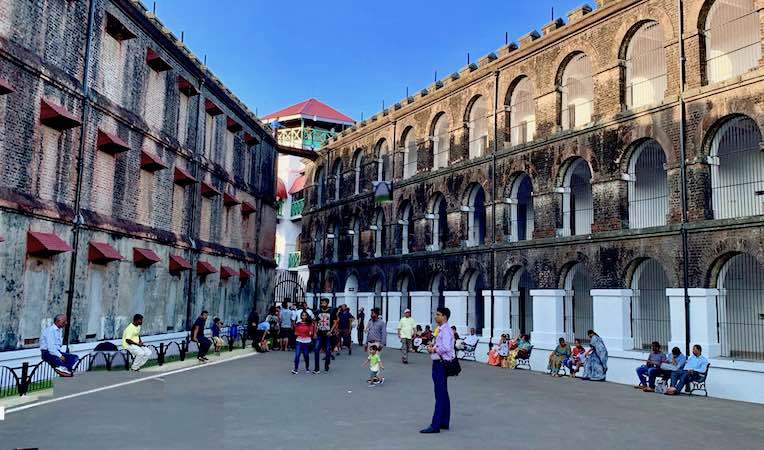
Each of the seven wings has three stories upon completion. There were a total of 696 cells in the jail with no dormitories; each cell was measured at 15×8 in size with a ventilator located at a height of 3 meters.
The Jail was constructed in such a manner that the front of one wing faced the back of the other, hence, stopping any communications between the convicts.
Life of the Freedom Fighters inside the Jail
There were several famous educated freedom fighters and political activists were retained as prisoners here. Few of them were Veer Savarkar, Batukeshwar Dutt, Fazl-e-Haq Khairabadi and Yogendra Shukla, etc. The people who were brought to the islands as prisoners were termed rebellious or notorious for fighting for their rights. They were imprisoned in this inhospitable jail that was close to the sea and the inmates had no chance for communication.
The food served to the prisoners, contained bread filled with worms and the water served full of insects. There were no toilets and lights in the jail.
Prisoners at Cellular Jail
The prisoners just received unbearable pain and physical torture. They were made to run oil mills if they failed to abide, merciless guards put them through great cruelty. The martyrs who were killed did not have proper burials or any final rites/rituals that could be done; they would just slide their corpse into the damp and dark trap room that connected to the sea.

The Days Of Veer Savarkar in Cellular Jail
Vinayak Damodar Savarkar popularly known as Veer Savarkar was one among the well-known freedom activists and was one of the freedom fighters who was imprisoned and suffered the tortures in the Cellular Jail.
The Port Blair airport is named after him as a tribute. He was a great revolutionary in the history of India’s struggle for independence. He was a great scholar, writer; historian, poet, philosopher, and social worker. The British Government withdrew his degree graduation due to his participation in the Indian freedom movement and arrested him in London. He tried to escape from the British at Marseilles, France, and the French Police caught him and was handed over to the British.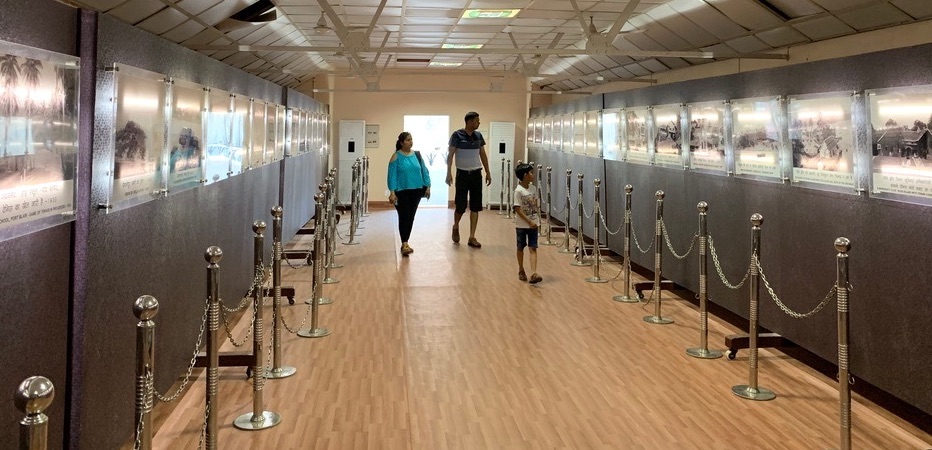
Later in 1911 he was sentenced to two-term imprisonment of 50 years and sent him to Kalapani. With great effort, he established a library in the cellular jail also tried to impart education to the illiterate inmates in the jail.
Savarkar faced 6 months of solitary confinement and faced 7 days standing handcuffs. Refusing to work, he was under crossbar fetters for 10 days. Even though his spirit was being broken by the inhuman prison conditions, Savarkar displayed rare courage. Savarkar wrote more than 5000 lines of sublime poetry on the prison walls and memorized them because the jailor would purposely whitewash the walls to prevent him from writing. It was he who coined the phrase, “The First War of Indian Independence” for what was until then called Sepoy Mutiny by the British.
Savarkar faced a total of 27 years of imprisonment i.e. 10 years in Cellular Jail, 4 years in Ratnagiri, and 13 years under house arrest. He is still idolized by many Indians and is respected for all his efforts and the hardships he went through during the freedom struggle. This jail is a pilgrimage for the freedom lovers and the patriots. The followers of Savarkar Ji have emotionally connected with the Cellular Jail and whenever the visit the Jail they pay homage at the Cell where Veer Savarkar was imprisoned.
You must visit this place and experience the kind of feeling it gives you as you walk around the entire jail. Photography and videos are allowed at a price, you are to pay a certain amount for camera charges. Guides are available in numbers; they will accompany you and explain to you the rare facts and stories about the jail so that you don’t miss out on anything important about the place. You can go about looking at the cells, galleries and symbolic representation of ways the activists were tortured.
Though we cannot say enough in respect of the soil which has had the footprints of our freedom fighters, all we could end up saying is that Cellular Jail is one of the darkest chapters in Indian history during the British regime. The prison stands still and speaks to us silently about the grief that our heroes had to go through to achieve the freedom that we have today. It is not just an archeological structure or just a memorial or monument.
It is a once-in-a-lifetime experience to visit a place with so much historical evidence and significance so when you come down to the islands do pay a visit to this national memorial.
